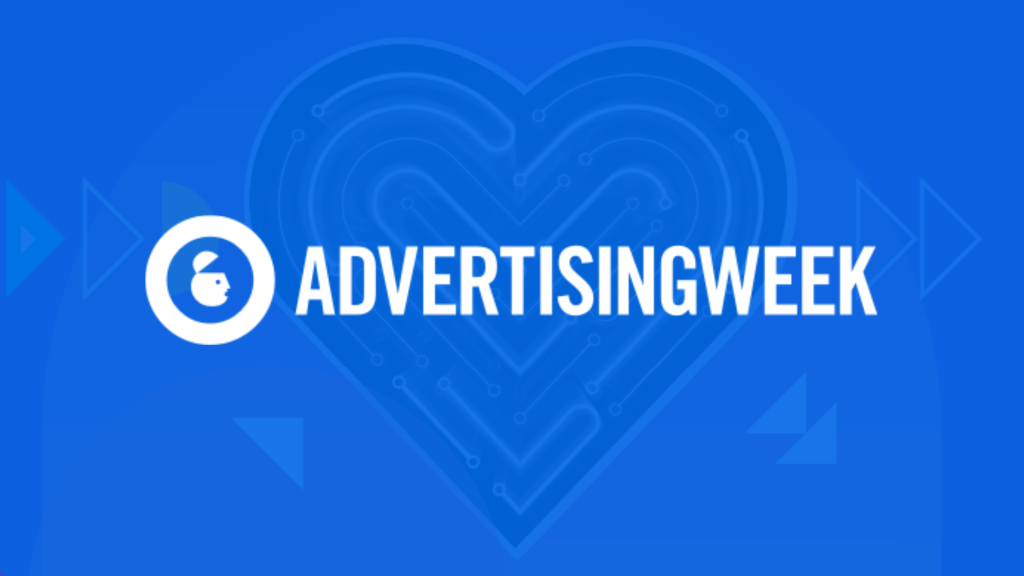By Salvo Nicotra, Chief Innovation Officer, Onetag
Much has been written about the benefits of supply-side curation, but overviews of how to curate inventory – and how this represents a step change from historical approaches – have been generalized at best.
This article aims to provide a primer of the main data signals available for curators rather than the final word on which ones to use in campaigns. Smart curation technology will continue increasing its scope – including, for instance, the addition of ad creative and conversion data. Leading curation platforms are also actively participating in an industry process to create standard definitions of curated audiences and taxonomies of content.
But for now, the data signals we have represent the pillars of programmatic curation, and this is a simple guide for anyone still unclear on what this process involves.
First, a quick recap on sell-side curation
At its most efficient and effective, sell-side curation of programmatic advertising means optimizing across data signals to deliver more relevant impressions (and therefore drive campaign performance). It offers significant advantages to the demand side, with improved user matching for greater scale and addressability on first-party data.
Advanced data science, AI and ML turbo-charge this process: for example, placement level traffic-shaping removes problematic ads and sends the demand side only the best impressions for specific client KPIs. When DSPs can only see and buy a limited view of the bidstream, sell-side curation makes inventory work much harder at the supply source to strengthen DSP performance, efficiency and investment.
When it comes to ad placements – not every ad impression is created equal
The multiple and ever-changing attributes of ad placements – from omnichannel campaigns including CTV to shifting ad format dynamics at site level – require the use of smart curation technology, including trained AI, to effectively remove waste and optimize in real time. Example media quality curation metrics include ad refresh and MFA (made for advertising) pattern filtering, to media attention metrics such as time in-view and ads-to-content ratio.
Smart curation of ad placements is further enhanced by working with attention measurement partners to score for media quality. This combined intelligence ensures all signals work together to measure and optimize ad placements for the buy side, working to remove wastage even before KPIs are set for specific campaign performance goals.
ID solutions
The leading and universal identity solutions are interoperable with curation platforms, enabling advertisers and publishers to bid on and buy their pure cookieless traffic in the bidstream.
Curation enables blended use of identity solutions – there is no need to pin your campaign on just one when you can pick and mix to increase the number of households and individuals you reach.
Deterministic ID solutions rely on determined consumer attributes. However, with less than an estimated 20% of open web content sitting behind an authentication wall, scale can be limited. Probabilistic ID /solutions expand this scale by incorporating often temporary attributes, from consumer devices to how we connect to the internet.
ID-less solutions
Curation platforms incorporate a wide range of ID-less audience data partners for user targeting and reach. These decentralized signals replace personal information with anonymous data, ensuring compliance with the latest and future privacy regulation and targeting, retargeting and frequency capping of audiences.
ID-less audiences are built in cohorts over time based on interests, locations, behaviors and actions. Supply-side curation enables this data to be activated at far greater scale than on the demand side, with up to 70% greater user matching and minimal data leakage. These signals are also dynamically updated and optimized to improve their quality and conversion for buyers.
Curation enables brands and buyers to easily test and learn what blend of ID-less audiences works best now, rather than delay any longer for the crumbing cookie.
Semantic and contextual
Contextual targeting is a long-established driver of advertiser engagement and conversion, and the use of semantic data signals is greatly expanding its richness and scale.
Standard contextual advertising serves impressions based on site classification and keywords, whereas semantic technology uses ML to understand the deeper meaning of each page of publisher content, to ensure greater relevance for advertisers for whatever content topics they require.
Using this data from millions of data points enables buyers to run richer contextual advertising across the premium open internet, with broad, medium or very narrow scope. It also helps publishers increase content monetization including environments missed by traditional contextual campaigns. Semantic data signals have been shown to drive significant increases in performance and conversion and are completely cookieless, privacy-friendly and brand-safe.
Sustainability
Global temperature change and major climate events emphasize the vital role we all play in reducing carbon emissions. Curation by its nature focuses on high-performing ad impressions and removing waste, and combining this with carbon scoring data will prove to marketers not only where their media spend is more effective, but where it is more sustainable.
Brands will also soon be able to incorporate their curated campaign sustainability data in their wider carbon footprint initiatives – for instance to help offset higher emissions in another part of their business.
Original published on: ADVERTISINGWEEK



